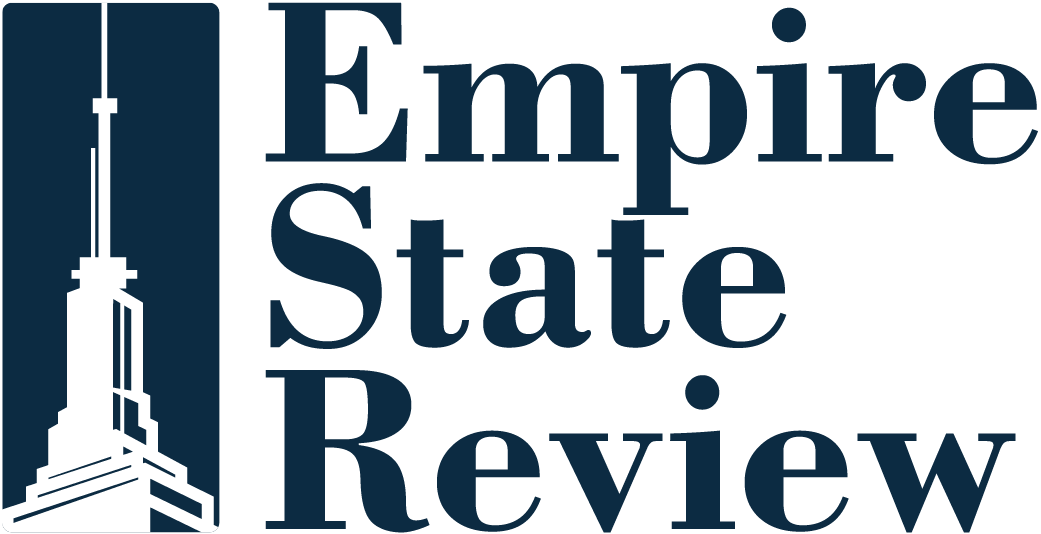The Resurgence of Cash Stuffing in 2025
LOS ANGELES – As financial pressures continue to mount, a budgeting technique that many believed to be outdated is unexpectedly regaining traction. In 2025, cash stuffing—a method reminiscent of envelope budgeting—is being embraced by an increasing number of Americans seeking to improve their financial management.
What is Cash Stuffing?
Cash stuffing involves the physical division of cash into labeled envelopes designated for specific spending categories, such as groceries, transportation, or entertainment. This hands-on approach necessitates that individuals allocate their cash wisely; once an envelope is depleted, no additional spending is permitted in that category until the next budgeting cycle resumes.
The Popularity of Cash Stuffing
According to a recent report by WalletHub, this traditional budgeting technique is experiencing a revival, driven largely by social media influences and a growing desire for straightforward financial strategies. Heightened concerns over inflation, increasing debt from credit card use, and rising interest rates are prompting many to revert to tactile financial methods.
How Cash Stuffing Works
To begin with cash stuffing, individuals must create a monthly budget and then distribute their funds into different envelopes. Each envelope contains the predetermined amount intended for that expense category. The visibility of cash in these envelopes helps prevent impulse purchases, making it easier to track expenditures compared to digital forms of payment.
Advantages of Cash Stuffing
- Helps limit overspending by enforcing strict budget categories.
- Gives a visual representation of remaining funds, enhancing awareness.
- May prevent the accrual of new debt in a challenging economic environment.
Challenges of the Cash Stuffing Method
- Requires time to withdraw and organize cash effectively.
- Presents a risk of theft or loss of physical cash.
- Difficulties arise with digital-only expenses, like online payments.
Furthermore, users of this method may find themselves missing out on potential rewards from credit card usage and the interest accumulation from traditional bank accounts.
Real-World Impact
The effectiveness of cash stuffing has been evidenced through individual success stories, such as that of Jasmine Taylor from Texas, who successfully eliminated $70,000 in debt over two years by utilizing this budgeting approach. Taylor attributed her accomplishment to the discipline that cash stuffing instilled in her spending habits.
Conclusion
As cash stuffing gains a foothold in 2025, it underscores a broader movement toward simpler, more tangible financial practices amidst rising economic uncertainties. This method could serve as a valuable tool for those seeking to maintain tighter control over their budgets and avoid the pitfalls of modern credit reliance.
Source: This article draws upon insights from WalletHub and a 2023 report by FOX Business detailing personal finance success stories.

